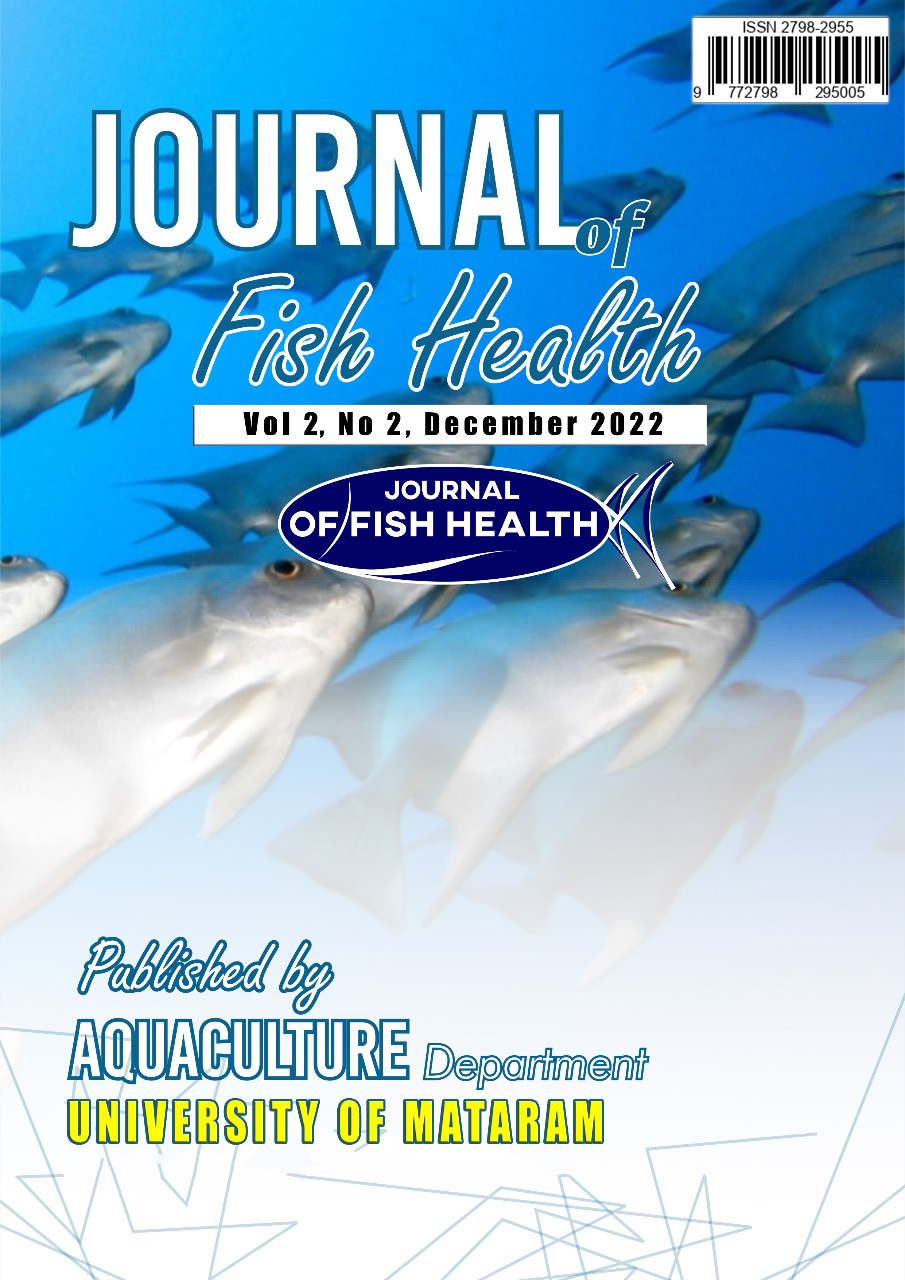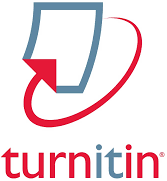POTENTIAL USE OF BROWN ALGAE AS AN IMMUNOSTIMULANT MATERIAL IN THE AQUACULTURE FIELD TO INCREASE NON-SPECIFIC IMMUNITY AND FIGHT DISEASE
DOI:
https://doi.org/10.29303/jfh.v2i2.2075Kata Kunci:
Disease, Non-specific immunity, Aquaculture, Brown algae, ImmunostimulantAbstrak
The aquaculture field continues to grow from year to year. This is because aquaculture fulfills the world's food needs. Aquaculture intensification continues. As a result of this intensification, the aquaculture environment experienced a decrease in water quality. This led to the rapid growth of bacteria, fungi, parasites, and viruses, resulting in a high incidence of disease outbreaks. An alternative solution that has been extensively researched recently is using immunostimulants to increase the non-specific immunity of fish and shrimp, which will help fish and insects prevent disease outbreaks. One of the natural ingredients that have the potential to become an immunostimulant is from the brown algae group. Immunostimulants from brown algae such as Hot-water Extract of Tropical Brown Seaweed, Sargassum cristaefolium, Sargassum glaucescens, Sargassum duplicatum, Sargassum wightii, Sargassum sp. Polysaccharides from seaweed, such as fucoidan extracts from brown algae, can enhance the non-specific immune system in shrimp Litopenaneus vannamei, Penaeus monodon, Fenneropenaeus indicus, and tilapia Oreochromis niloticus. These immunostimulants increase non-specific immunity, such as total hemocyte count, phagocytosis activity, phenoloxidase, phagocytic, respiratory burst, superoxide dismutase, and total plasma protein. Immunostimulants from brown algae can also fight bacterial disease attacks Vibrio parahaemolyticus, Streptococciasis, Streptococcus iniae, and White spot syndrome virus (WSSV) by increasing survival rate and can increase the growth and feed efficiency of cultivated commodities that are not given immunostimulants.
Unduhan
Diterbitkan
Terbitan
Bagian
Lisensi
1. The copyright of this journal belongs to the Editorial Board, based on the author's consent, while the moral rights of the publication belong to the author(s).
2. The formal legal aspect of journal accessibility refers to the same Creative Common Attribution + Noncommercial + ShareAlike (CC BY-NC-SA), implying that publication can be used for non-commercial purposes in its original form.
3. Every publication (printed/electronic) is open access for educational, research and library purposes. In addition to the objectives stated above, the editorial board is not responsible for copyright infringement















